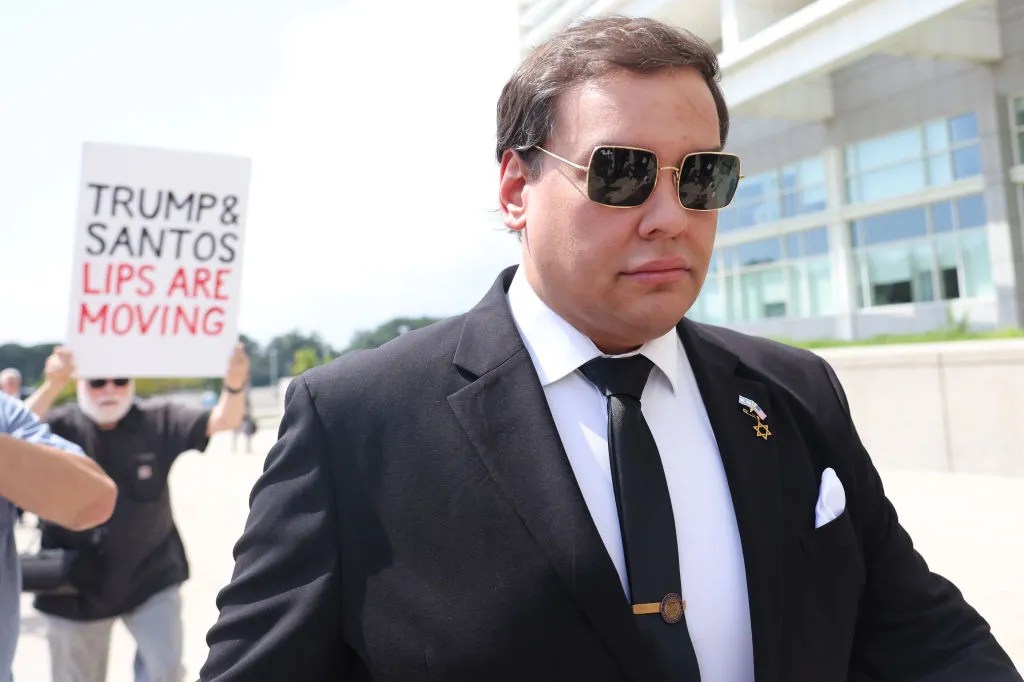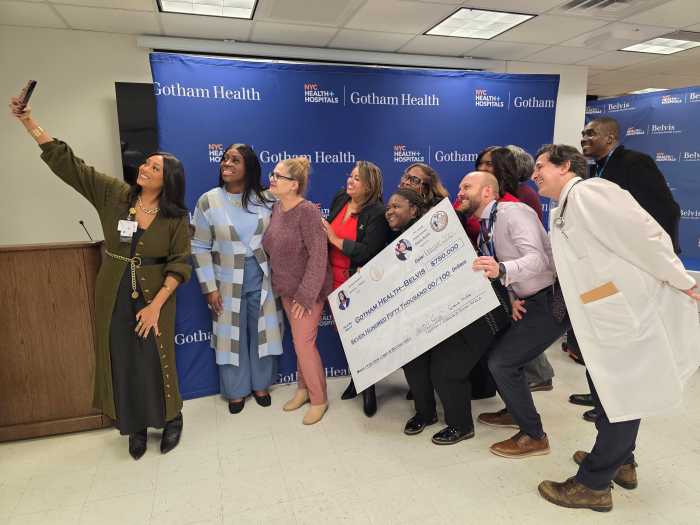Last Wednesday, December 3, a Staten Island grand jury announced it would not indict NYPD officer Daniel Pantaleo for the choking death of Eric Garner, an unarmed Black man, whose crime was, at most, selling a few loose cigarettes on the street. Officially, then, no one is culpable for what millions of people around the world saw on video, for what a New York City medical examiner had ruled a homicide. Maybe Eric Garner, then, didn’t really die — or maybe his life didn’t really matter. If the killer had been anyone other than a cop, if the victim had been anyone other than a Black person, someone would have gone to prison for this. Not that prison equals justice; it’s just ironic that there are so many Black people inside US prisons, while police on the outside continue to snuff out Black lives with impunity.
Could there be some force here, a force beyond the mere police force that keeps these killings happening? Could what’s been called the “militarization of police” be reflected in US foreign policy? A few weeks ago, I published “Snidelines: Talking Trash to Power,” a collection of my columns, that includes this piece:
Defense Secretary’s Bullet Slays Brooklyn Youth NEW YORK — A detailed forensic examination of the scene of another fatal shooting by New York City police has revealed the bullet that killed an unarmed 14-year-old African-American youth in front of a Brooklyn bodega actually came from the service revolver of the US secretary of defense in Washington, DC. “I was cleaning Ol’ Betsy during a conference at the Pentagon and it went off in Brooklyn,” explained the secretary, pausing to secure his gun’s safety catch. “Oops.”
Similar accidents may play an increasing role in government policy. According to well-placed sources, the Pentagon has been working on a top-secret program in which drones and other state-of-the art weapons used to fight terrorism abroad can be simultaneously deployed to keep order in the United States.
Snide Lines
“We kept noticing the similarities between our soldiers serving in hotspots like Afghanistan and cops here at home,” said Defense Department spokesman Oliver Ordnance. “Both police officers and troops are stationed in remote regions foreign to their background, culture, and usually to their race. Both wear snazzy uniforms and carry fully loaded weapons to set them apart as peacekeepers. Yet they are often beset by ill-mannered, dark-skinned suspects who are intent on going about their daily business in a threatening manner.”
According to Mr. Ordnance, the new weapons program is designed to operate largely by accident. Whether it be an African-American man in the Bronx reaching for his wallet or an Afghan woman presumed to carry a grenade in her chador, the dual-purpose system would save time and resources by “accidentally” eradicating two or more suspects, at home and abroad, with the same coincidental maneuver. Such accidents, experts say, would cut down considerably, both on military spending overseas and the hit on municipal coffers here at home, with the savings used to fund workshops for beat cops on racial awareness.
“Shooting unarmed poor people is what made this country great,” observed the head of the Joint Chiefs of Staff, who asked that his name not be used. “By mistakenly assassinating random blameless individuals, we keep troublesome populations at bay, while preserving our image as good guys. This new weapons system allows us to make the whole thing more efficient. We’re calling them embedded accidents.”
The secretary of defense has justified the killing of the 14-year-old Brooklyn youth (whose name has not been released pending law enforcement officials getting around to asking what it was) by saying that the young man’s hoodie clearly indicated that he was planning to fly to Pakistan to train with an Al Qaeda cell.
No one knows the exact number of civilians inadvertently eradicated while attempting to live ordinary lives in countries such as Pakistan and Iraq. The United States, however, being an advanced country, often keeps records of police shootings of individual civilians here at home.
Timothy Stansbury, Jr., for example, a 19-year-old African American, was fatally shot in Bedford-Stuyvesant in the early hours of January 24, 2006 by a uniformed policeman, when Stansbury, in attempting to return to a party at an adjacent building, opened the door to his roof in a manner suggesting that he was Osama bin Laden. Such instances in the United States number in the hundreds every year, with even the right-wing CATO Institute opining that an American civilian is eight times more likely to be killed by a police officer than by a terrorist.
Response to these random shootings by police has been mixed. A few people express despair, while others are clearly angry. “This is an outrage,” shouted Sal Plankton, president of Cops of Color Who Are Soon to Be Accidentally Shot by Fellow Officers. “The United States has a mandate to kill foreigners, not its own citizens! And for good reason — neighborhoods teeming with Latinos and Blacks have never been known to possess much oil.”
US Defense Department officials have been quick to reassure the public of their concern. Hours after the incident, the NYPD commissioner also expressed regret, but advised a wait-and-see attitude, pending a more thorough investigation. “Soldiers and police officers aren’t the only ones making mistakes,” noted the commissioner. “Like so many Afghanis and Iraqis, the victims of fatal shootings here in the US forget that they’re living in occupied zones.”
Susie Day is the author of “Snidelines: Talking Trash to Power,” just released by Abingdon Square Publishing.



































![Fresh Vibes Market_1[1]](https://www.brooklynpaper.com/wp-content/uploads/2025/12/Fresh-Vibes-Market_11.jpg?quality=51&w=700)


